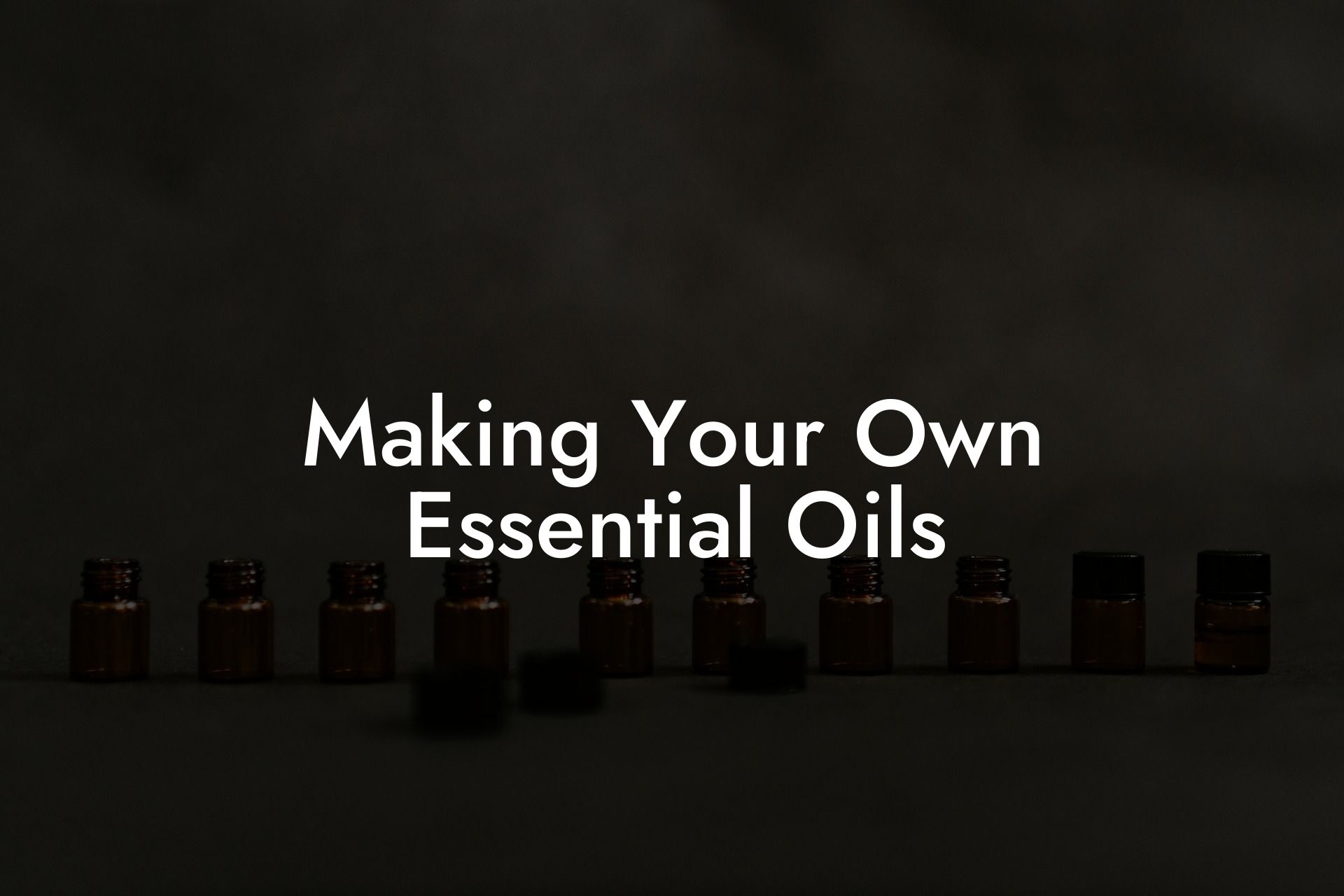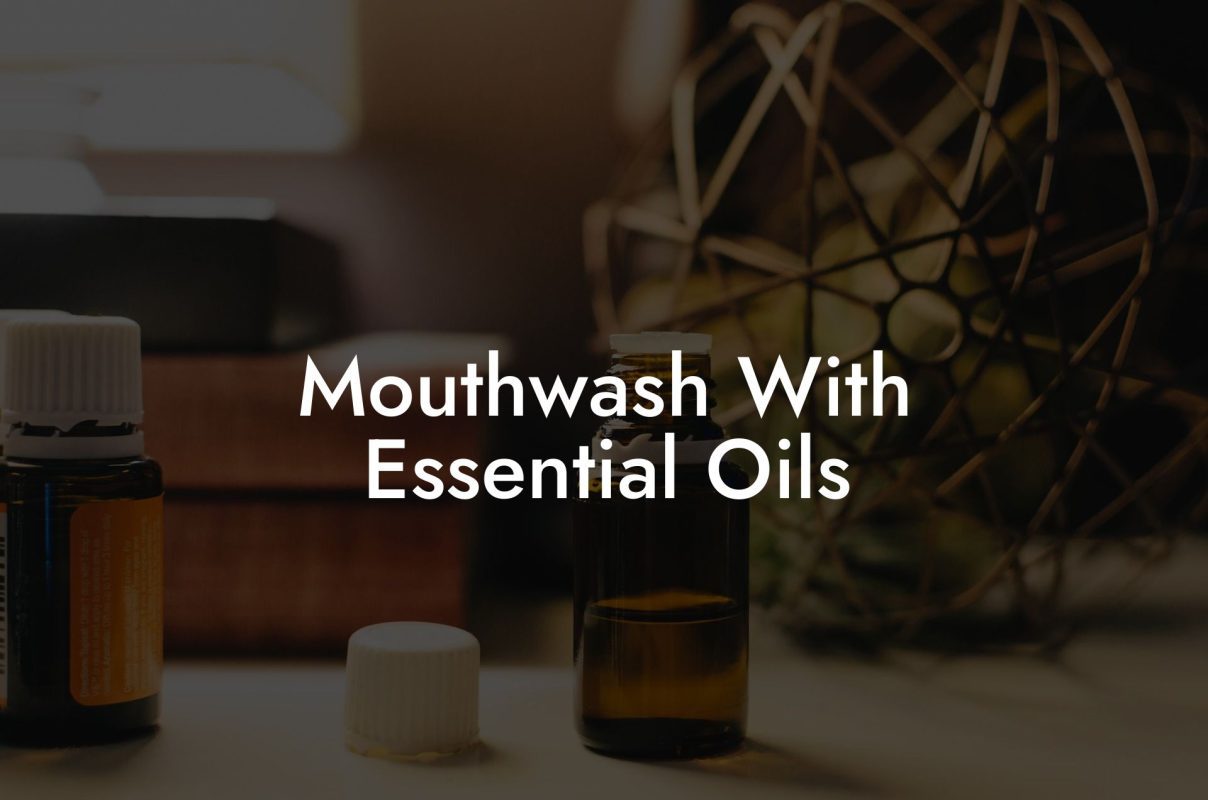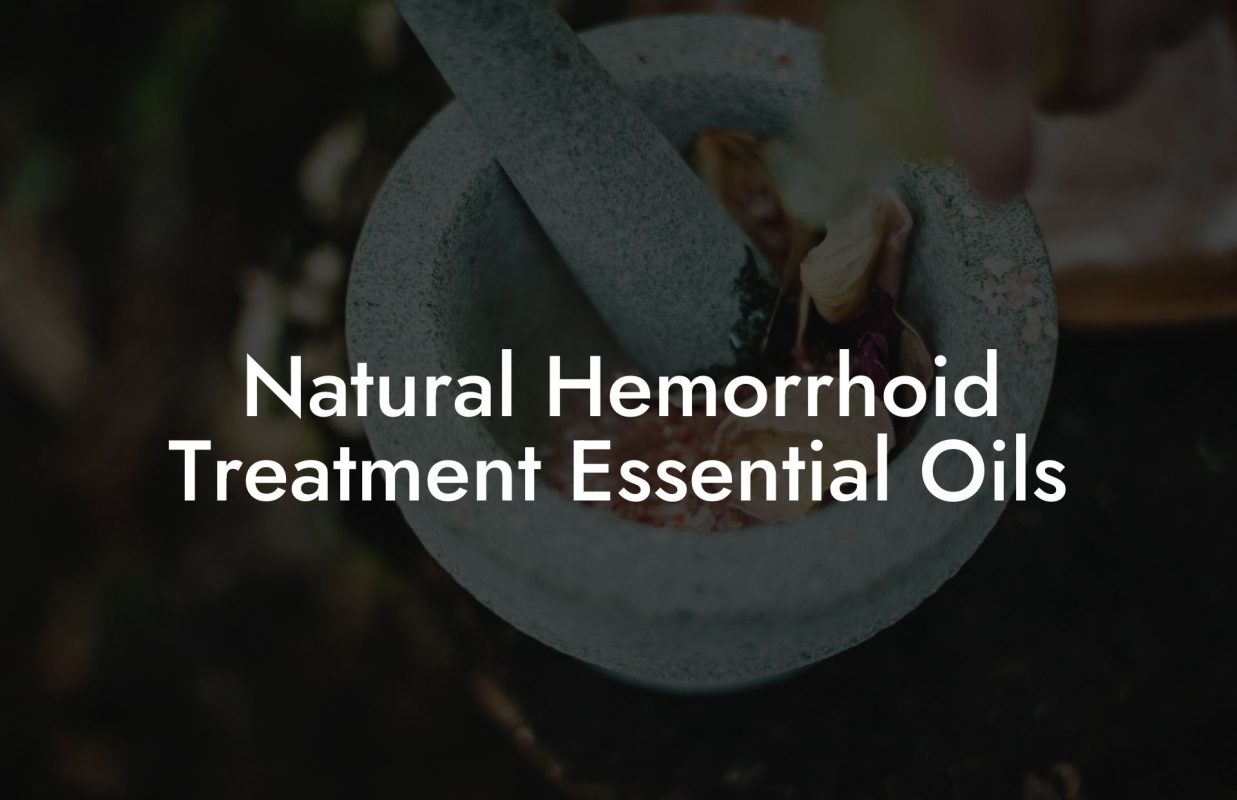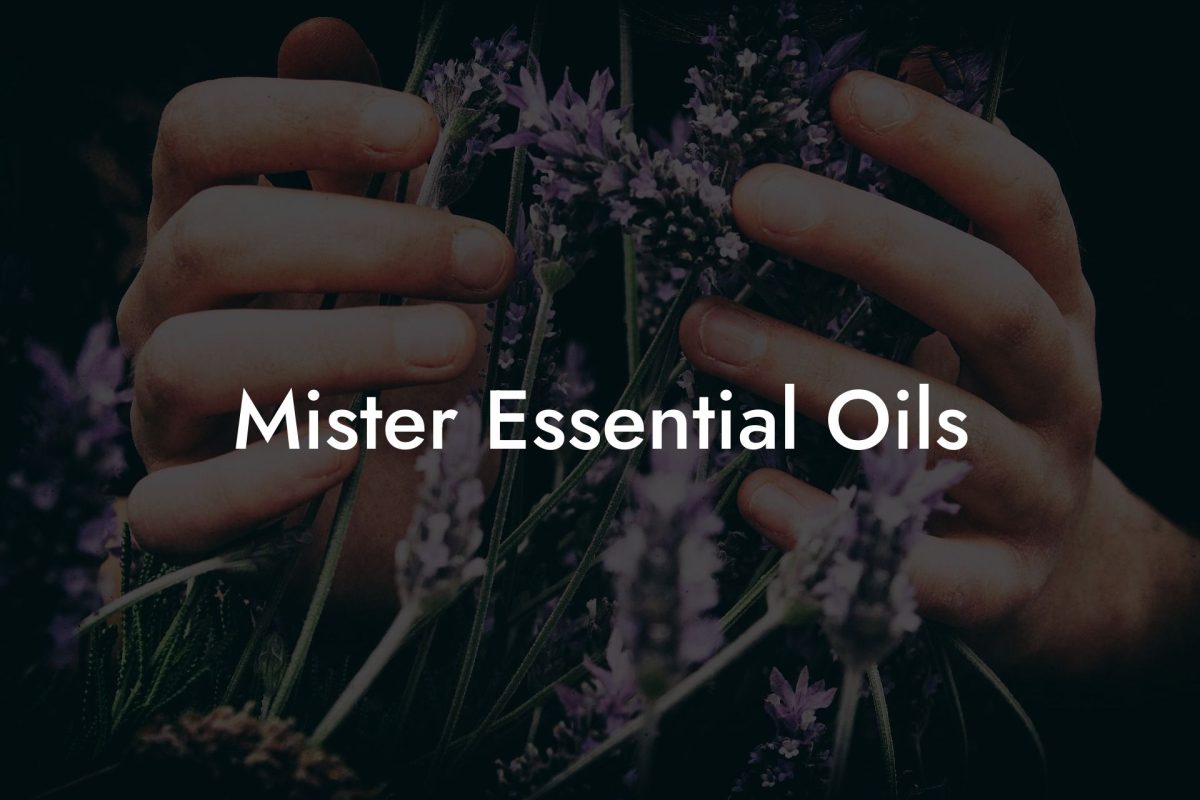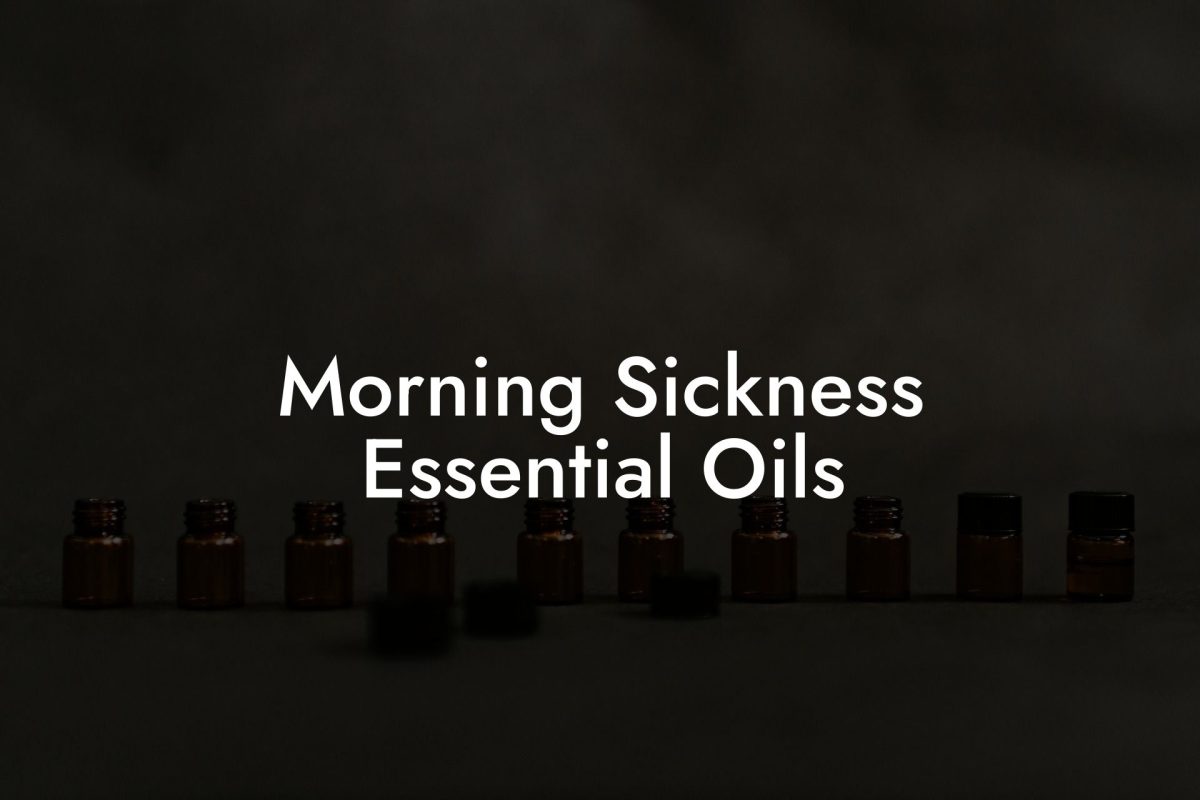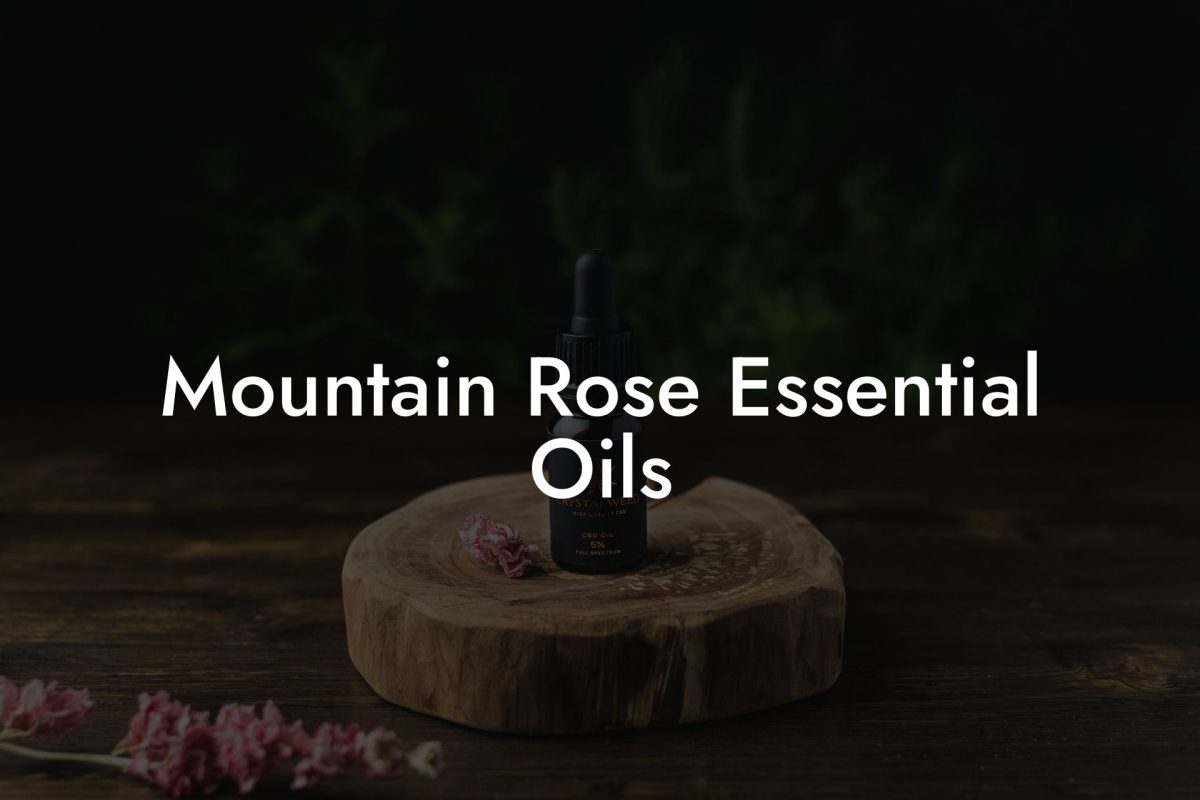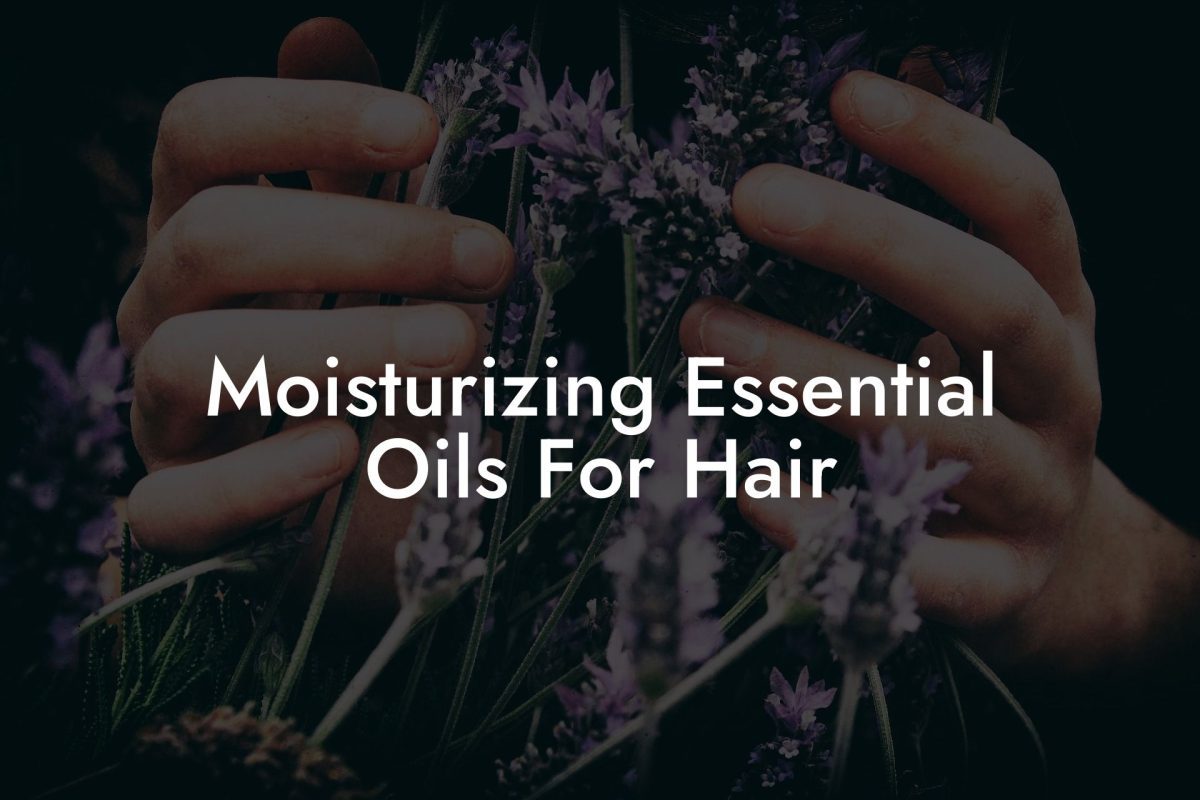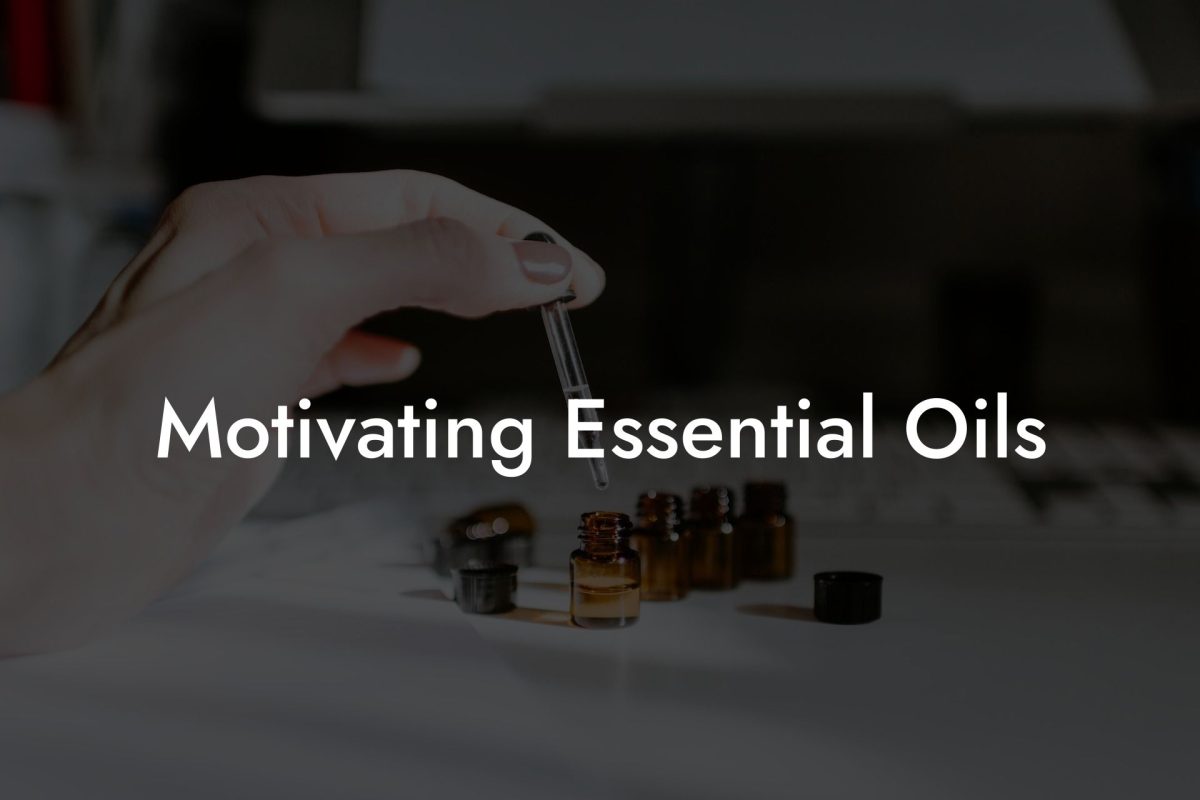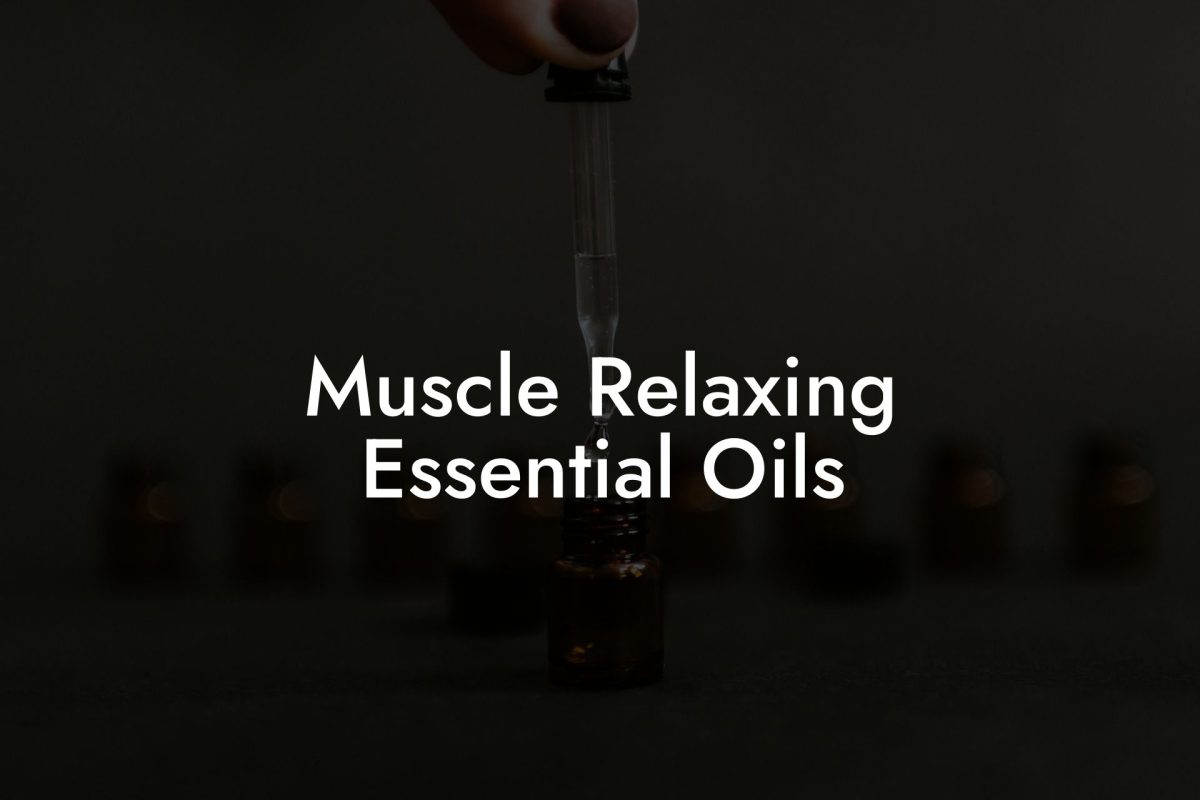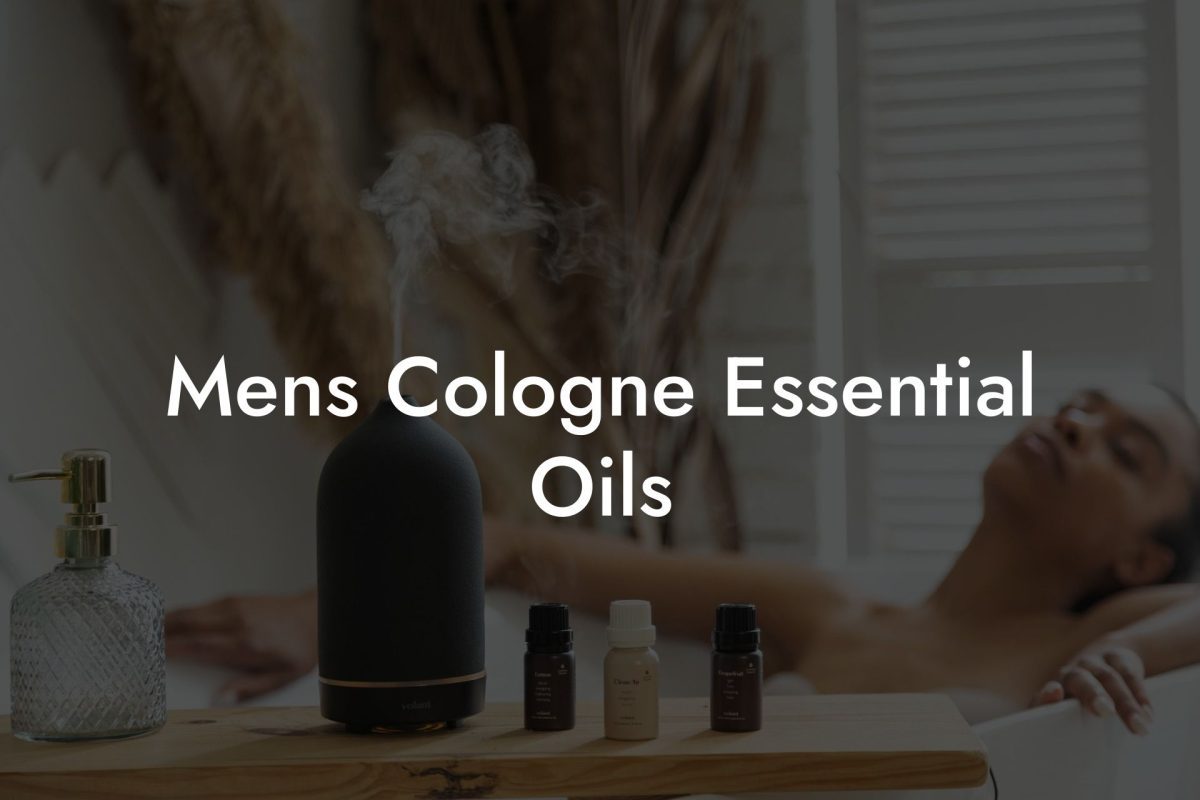Are you intrigued by the world of essential oils and their myriad benefits? Have you ever considered making your own essential oils at home? If the answer is yes, you’ve come to the right place! In this comprehensive guide, we will explore the art and science of creating your own essential oils, the tools you’ll need, and a step-by-step process to help you get started.
Table of Contents
Why Make Your Own Essential Oils?
There are several reasons why you might want to make your own essential oils. These include:
- Customization: Creating your own essential oils allows you to tailor your blends to suit your specific preferences and address unique needs.
- Purity: By making your own essential oils, you can control the quality and purity of the ingredients, ensuring that they’re free from chemicals and contaminants.
- Cost-effectiveness: Making essential oils at home can be more cost-efficient than purchasing commercially available, pre-blended essential oils.
- Environmentalism: By creating your own essential oils, you can significantly reduce the environmental impact of packaging and transport.
Tools and Equipment
Before you begin making your own essential oils, it’s essential to gather the necessary tools and equipment. The following list outlines some key items you’ll need:
- Plant material: Choose high-quality, organic plant material that is free from pesticides and contaminants.
- Distillation equipment: A steam distillation unit is the most common and efficient method for producing essential oils at home.
- Glass collection containers: Dark-colored glass containers prevent light exposure and help preserve the quality of your essential oils.
- Carrier oil: A carrier oil, such as coconut or jojoba oil, is necessary to dilute your essential oils for topical use, ensuring they are safe to apply to the skin.
- Funnel and pipette: These tools are crucial for transferring and measuring your essential oils with precision.
- Labels and storage: Label your essential oils with the type and date of production, and store them in a cool, dark place to preserve their quality.
Choosing the Right Plant Material
Selecting quality, potent plant materials is crucial to creating effective essential oils. Some factors to consider include:
- The plant’s health and vigor, as healthy plants will produce more potent essential oils.
- The plant’s origin, as certain species are native to specific regions and possess unique properties when grown in their native environment.
- Harvesting the plant at the appropriate time, as this can affect the potency and effectiveness of the final product.
Step-by-Step Process for Making Essential Oils
Once you’ve gathered your tools and materials, follow these simple steps to create your essential oils:
- Prepare your plant material by washing it thoroughly and allowing it to dry completely. This removes any residual dirt or contaminants.
- Place the plant material into the steam distillation unit, ensuring it’s evenly distributed.
- Heat the distillation unit, generating steam that passes through the plant material. This steam will carry the essential oil vapors with it.
- The steam and essential oil vapors are then condensed back into liquid form using a condenser.
- Collect the condensed liquid in your glass containers, allowing them to cool and settle. The essential oil will naturally separate from the water, making it easy to collect using a pipette.
- Dilute the essential oil with a carrier oil, and transfer it to a labeled storage container.
Making Your Own Essential Oils Example:
Let’s say you want to create lavender essential oil using fresh lavender flowers. First, harvest the lavender flowers while they are in full bloom, as this is when their essential oil content is highest. Wash the flowers thoroughly and allow them to dry completely.
Place the dried lavender flowers into your steam distillation unit and heat the unit, generating steam. The steam will pass through the flowers, extracting the plant’s essential oil as it does so. This steam and essential oil vapor mixture will then be condensed, and the resulting liquid should be collected in a glass container.
Once the liquid has cooled and settled, you can use a pipette to collect the lavender essential oil, which will have separated from the water. Finally, prepare your essential oil for storage and use by diluting it with a carrier oil like coconut or jojoba oil, and label your container with the type of essential oil and the date it was made.
There you have it – a complete guide to making your own essential oils! With this newfound knowledge, you can begin exploring the exciting world of aromacology and creating your own custom essential oil blends. We encourage you to share this guide with friends and family and invite them to join in on the DIY essential oils journey. Don’t forget to check out other informative articles on the Oshu Oils blog and explore our range of high-quality essential oils that are perfect for enhancing your overall well-being. Happy blending!

